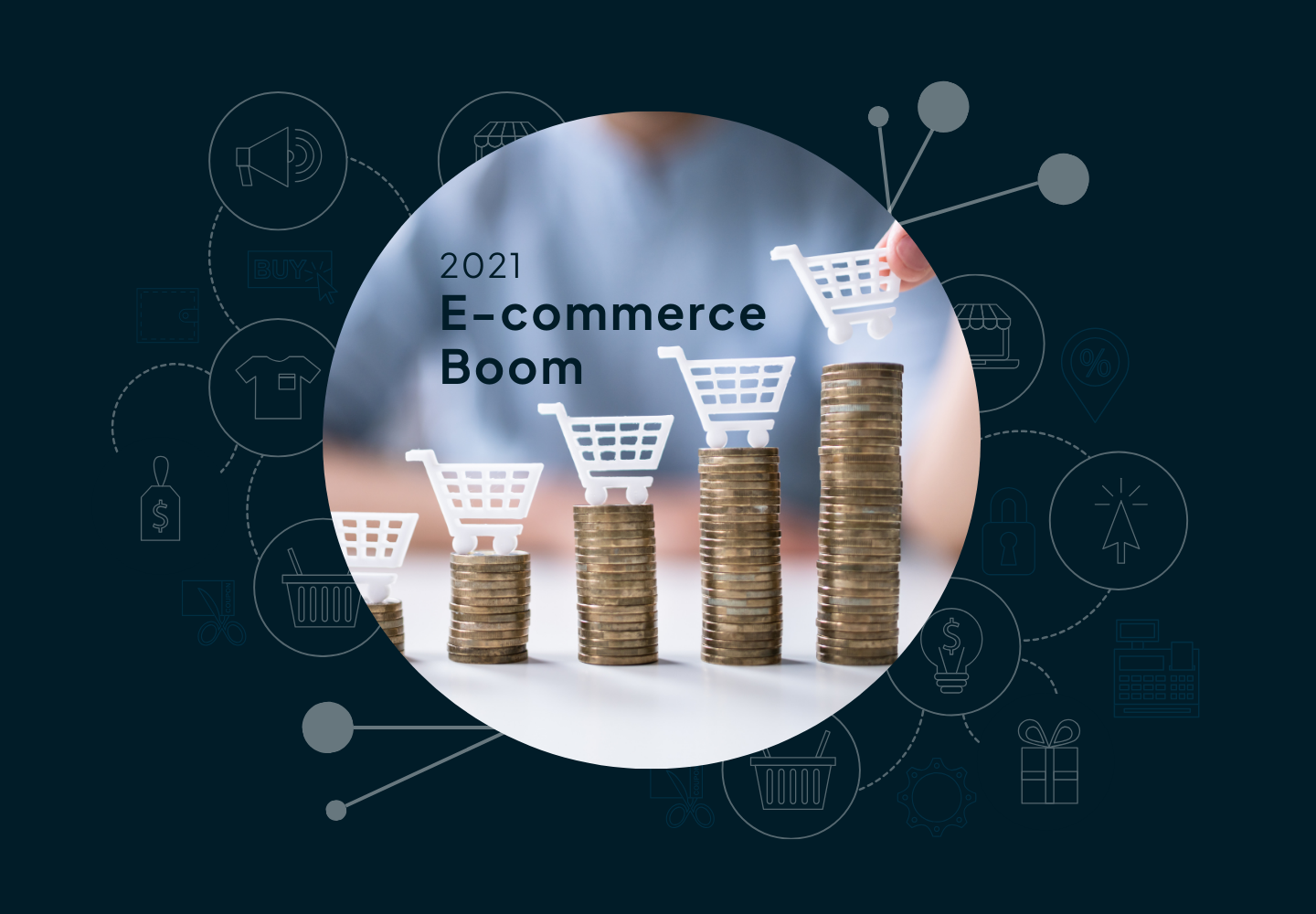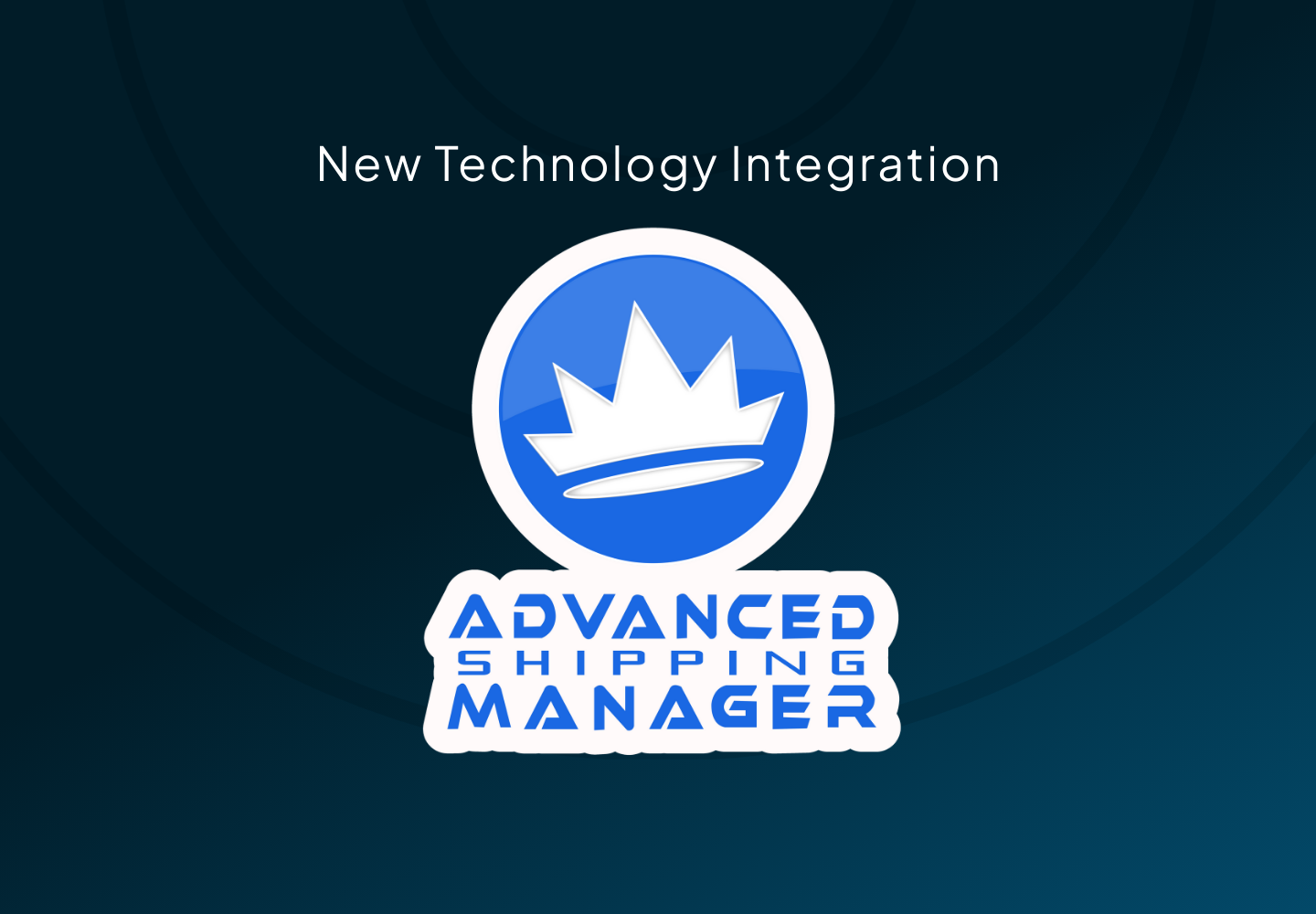It's no secret that in the last year, e-commerce has exploded. In the first eight weeks of the COVID-19 economic shutdowns, e-commerce grew 11%, and throughout all of 2020, consumers spent $861.12 billion online with U.S. retailers - up 44% from 2019. With consumers running to shop online, companies both large and small moved quickly to inject capital into their online infrastructures. However, the money isn't just coming from within. Venture capitalists are spending massive amounts of dollars on startups in the e-commerce industry. From shipping solutions to advanced point-of-sales to implementing warehouse fulfillment robots, outside investors are paying big to get in on the ground floor of what they hope will create long-term change to current e-commerce functions.
While most capital investments have been in large, technology-forward e-commerce infrastructures, there has been an uptick trend in smaller investors taking to the stock market to invest in e-commerce selling platforms and marketplaces. Which leads us to ask, what do these investments mean for shippers? Publicly traded logistics and supply-chain companies have been a clear favorite for investors in the e-commerce space. Amazon, UPS, and FedEx's stock has grown more than 100% in the past year, and data shows it's unlikely to decline.
Not only have these companies seen their stocks thrive, but they have also seen a massive revenue increase. With such a large influx of cash, these companies have chosen to heed customer preferences. Economic trends are pushing companies to invest in environmentally friendly initiatives like electric vehicles for delivery and pledging to go carbon neutral. They're also investing in faster, more efficient delivery options for customer and company interaction. UPS and FedEx have spent a portion of their cash influx on meeting this new demand by adding vehicles, employees, fulfillment centers, and expanding their geographic reach.
What About The Little Guys?
Large corporations have become inundated with investor capital, but smaller e-commerce startups have benefited from venture capitalist investment. Stripe, an online payment processes company for internet companies, was recently valued at $95 billion. Started and funded in Ireland, this company is helping change the way e-commerce companies collect and manage money. A company that focuses on cybersecurity, called DataDome within the e-commerce space, recently got $35 million in round B funding. Another example, Payability, is considered "the Godfather of Seattle startup community." They are specifically looking for e-commerce company startups that have the next big solution.
Show Me The Money!
One trend that has developed in the last year of venture capital investment is the overall goal of e-commerce companies to focus on consumer-driven service improvements. Much of this investment has been allocated to four key improvements:
- Efficient shopping experiences
- Quick and easy checkout
- Reasonable shipping costs and delivery timelines
- Implementing alternative payment processing (such as cryptocurrencies)
Successful e-commerce businesses pay attention to the media and can always benefit from adjusting to any new trends that pop up. These adjustments often lead to unexpected industry standards and increased revenue. With cryptocurrency being prevalent in the news and online media sites, like Reddit, many consumers who hold digital wallets are looking to find ways to use that currency in familiar online storefronts. E-commerce companies that implement a method for accepting payment in the form of Bitcoin, Etherium, or even Doge, can open up new avenues of income through a niche market of online shoppers.
Are We Forgetting About Brick-and-Mortar?
With a significant portion of the focus being on e-commerce, we can't forget about the benefits of a brick-and-mortar storefront. In-person shopping experiences will always hold value; whether it's in a family holiday shopping trip or a stroll through a mall, there is merit in the original shopping experience. The best way to keep brick-and-mortar and e-commerce experiences up to date is to focus on common successful trends in the industry and ensure that each medium of consumer interaction has enough attention paid to it. One easy way to keep both e-commerce and brick-and-mortar experiences fresh is to implement a "buy online and pick up in-store" policy. This keeps the consumer focused on both the business's online presence and provides an opportunity for physical interaction.
So, where do we go from here?
Though the jury is still out on long-term e-commerce changes, we know that an influx of capital to the e-commerce sector will likely have wide-reaching benefits. With such a strong focus on e-commerce, it will be exciting to see what improvements the future holds.




.svg)

.svg)
.avif)
.avif)
.svg)